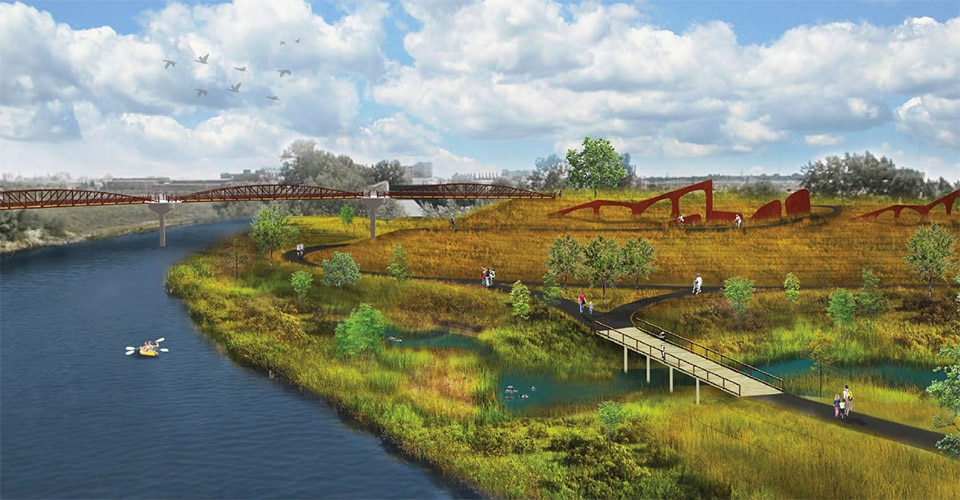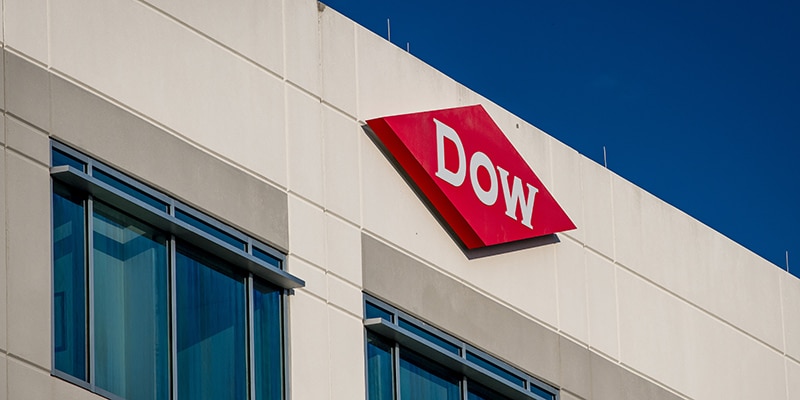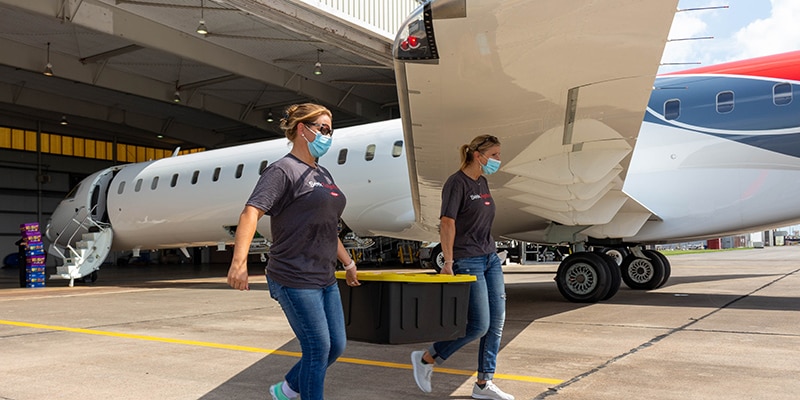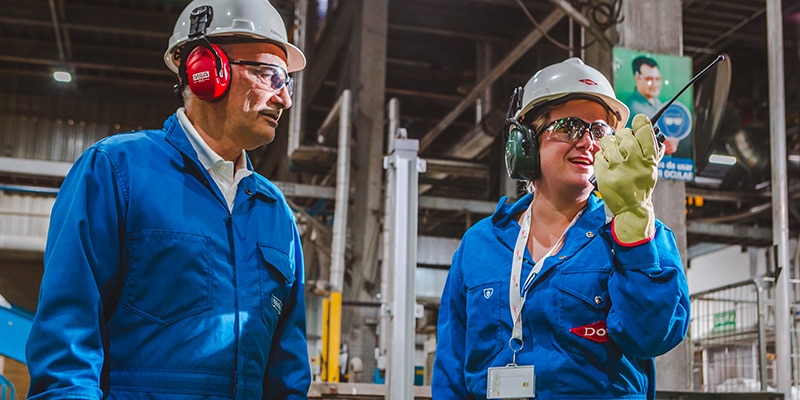After an extensive study, Dow chose an ecological restoration that included excavating the ash and associated soil for secure disposal in an approved landfill and restoring the historic wetland, forest and prairie on the property. As part of an overall, cohesive restoration plan, Dow also studied the benefits of ecologically restoring the adjacent property owned by the City of Midland. Ultimately, the Dow Riverside Wetlands will establish a 23-acre conservation wetland that adds recreational amenities to the City of Midland, while improving nearly a mile of riverfront across from the downtown area. The restoration of the former ash pond site to a wetland improves important ecological functions in the area while enhancing natural habitat through the reintroduction of more than 25,000 plants, including 60 species of trees, shrubs, grasses and other native plants. The natural diversity of the project area supports biodiversity, improves water and air quality, and creates an important connection to a vast network of parks, open spaces and trails in the Midland area.






